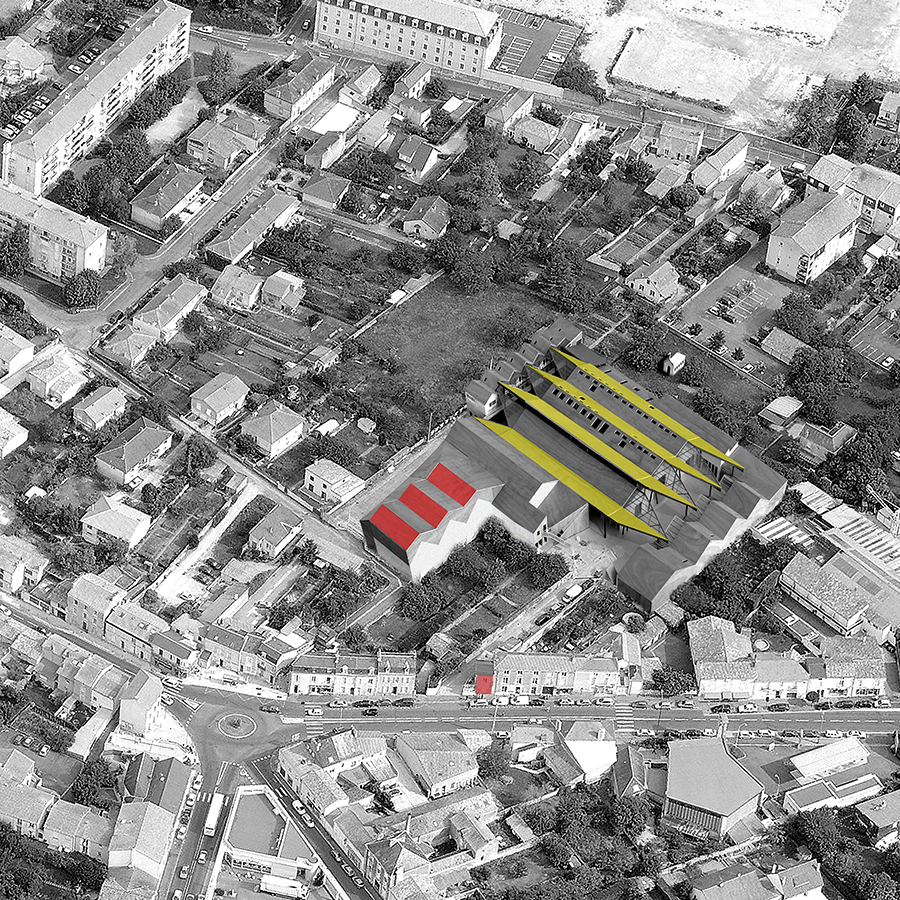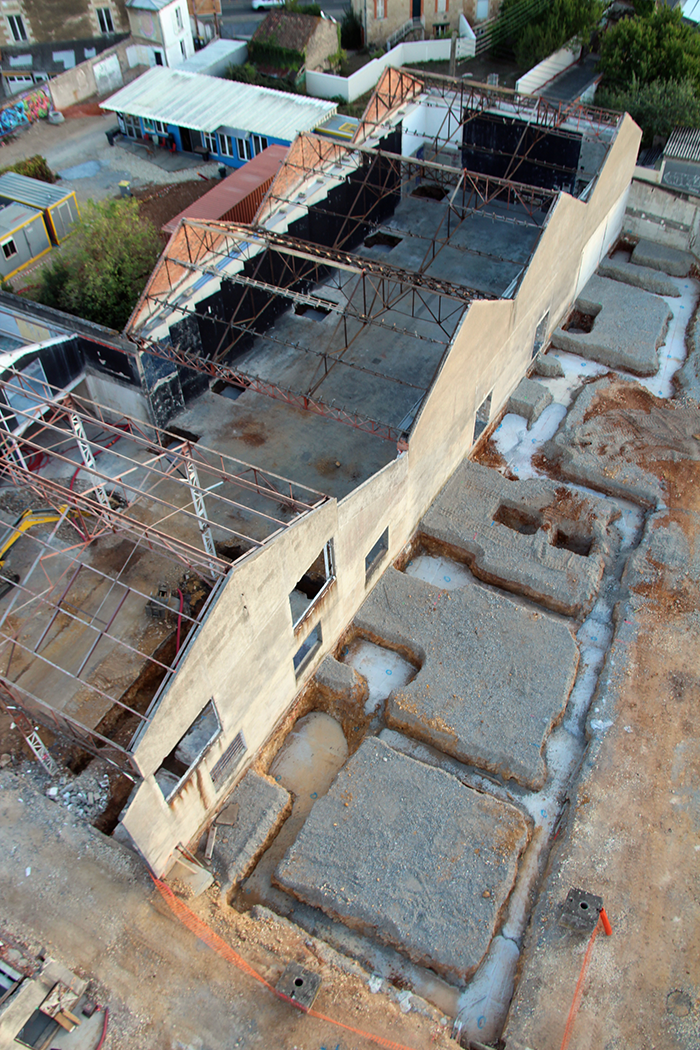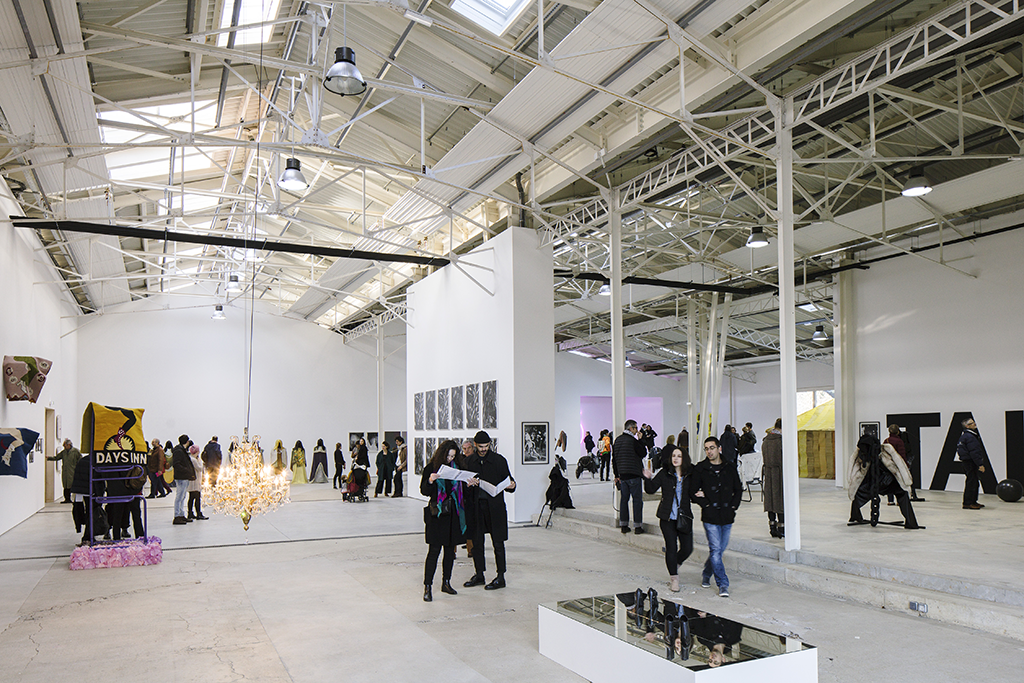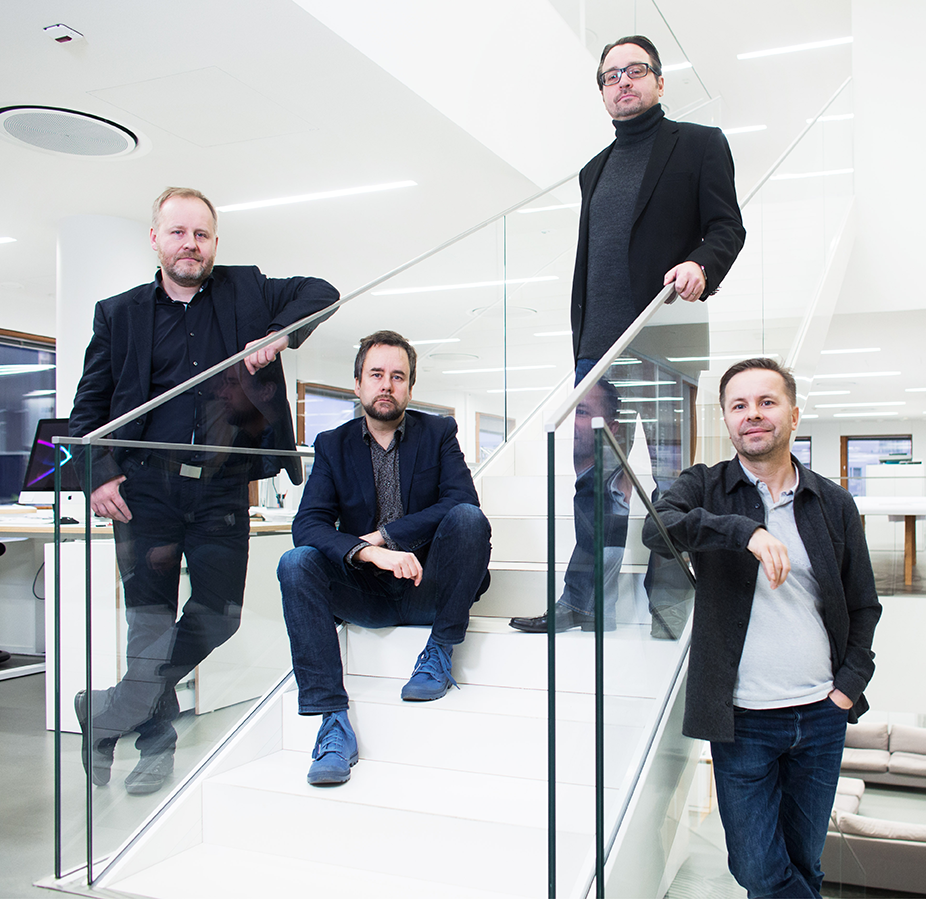Le Confort Moderne, Poitiers : How to run an open site
Since 1985, Le Confort Moderne, an old 19th-century foundry converted into a warehouse for electrical appliances in the South East of Poitiers, was a wasteland used for contemporary music and art. In 2015, the City of Poitiers decided to restructure the site. Architect Nicole Concordet, a former partner of Patrick Bouchain and an avid supporter of “open” construction, was commissioned to take on the project. She managed the works on site for 16 months until the completion of the 4,076-sq.metre project in December 2017.

L’Architecture d’Aujourd’hui: After having co-founded the Construire office, in 1998, with Patrick Bouchain and Loïc Julienne, you now run your own office, which you created under your own name, Nicole Concordet, in Bordeaux, in 2008. This office mainly focuses on the conversion of industrial sites into cultural sites through construction projects open to the general public. Why this predilection?
Nicole Concordet: I take on projects where I believe I can convince the client to do something different, to experiment and disrupt conventional thinking. I particularly like rehabilitations because the existing site dictates the way we see things and we learn a lot from it. The “already there” is a source of inspiration and, when the site is occupied, I work with the residents to give it a new lease of life. For me, the work on site and the life that emanates from it make every project unique.

AA: What were the challenges of the Confort Moderne project and of the restructuring work?
NC: The programme was developed as part of a competitive dialogue: a programmatic project was drawn up from user input, from which we had to provide architectural solutions. There were three submission phases, which resulted in changes in the programme. As the design progressed, for example, it turned out that the technical completion courses could also be used as programmed interventions, such as additional free spaces. In the end, the programme brought together two concert halls (800 and 250 seats), two exhibition spaces (1,000 and 200 sq.metres), a restaurant (80 seats), a bar, a fanzine library, two rehearsing studios, and a creation studio, in addition to ten rooms and two studios for artist residents that did not exist on the previous site. One of the challenges was to maintain the Confort Moderne team, the association “l’Oreille est hardie”, on site throughout the construction work. This was made possible by the acquisition of a house at the entrance of the site, into which the association moved. We also built the construction site house, which became a thoroughfare; a place to meet and discuss things. This was the first collective act of construction in the project, pooling the resources of the contractors, since the workers used materials stored in their warehouses (construction offcuts or waste), and those of the users for the interior fittings (furniture, kitchen equipment). We involved a local company, called “Cap’Vert”, helping people return to the workforce, to remove items recovered in the existing buildings, such as windows and doors that could be used for the construction site house. The project model is exhibited there, as a tool to understand the project.

Read the integral interview in the AA issue 423, available in bookshops and in our online shop !


